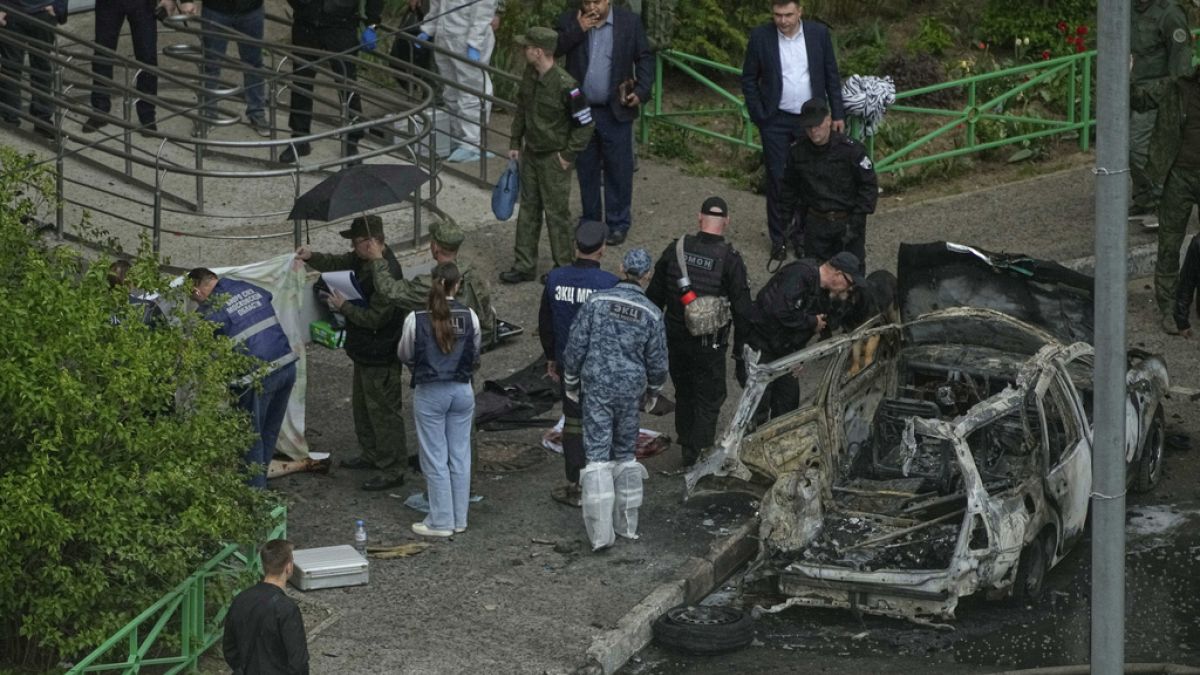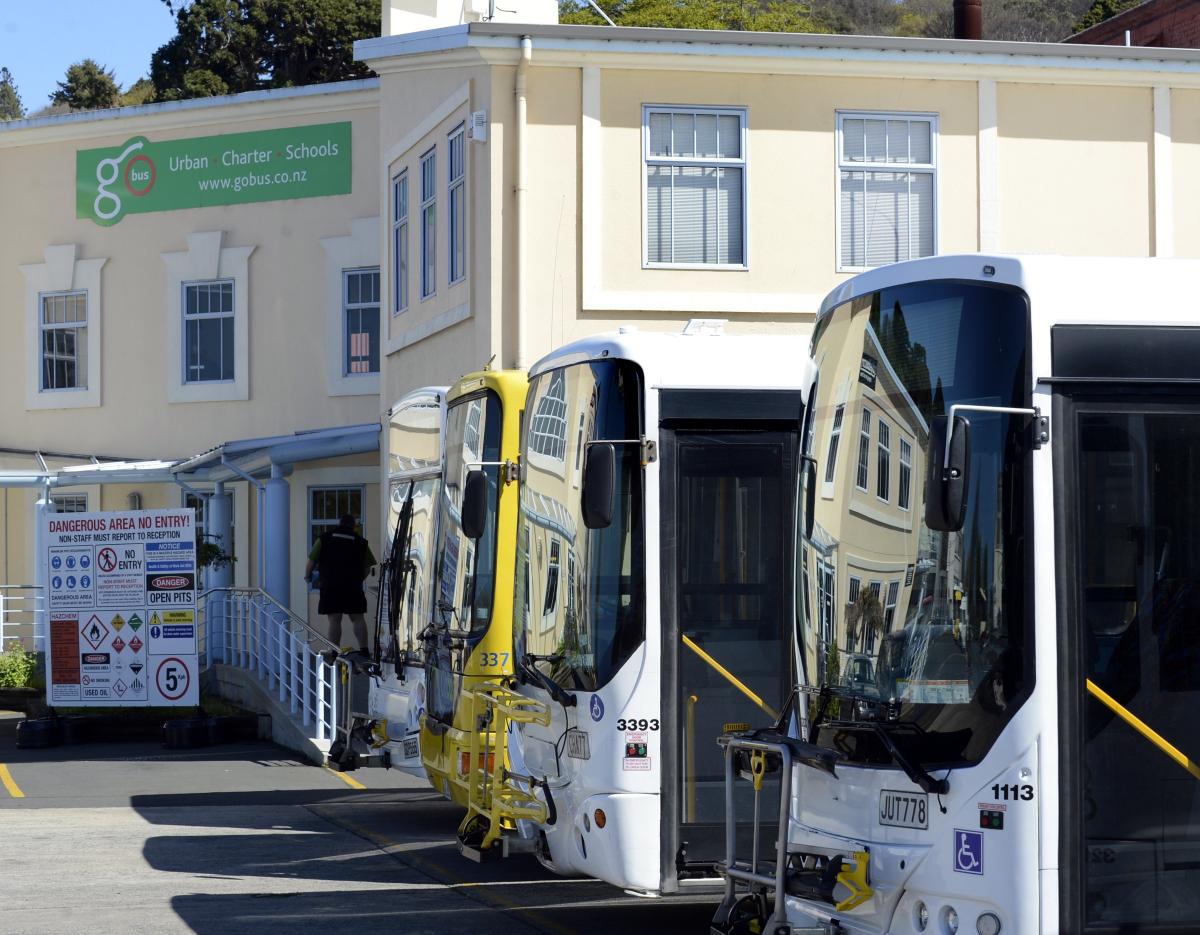“A series of human errors” and a culture that prioritised accomplishing missions over safety are among factors deemed to have led to the sinking of the HMNZS Manawanui in Samoa last October.
The final Court of Inquiry report into the navy vessel’s sinking, released today in Auckland, outlined the “direct cause” of the grounding as a “series of human errors”. It also pointed out a range of contributing factors, including levels of training, experience and supervision, as well as the haste required and inadequate preparedness.
The ship ran aground off the coast of the most populous Samoan island of Upolu shortly before 7pm on October 5 and caught fire which officials say was likely caused by damage to the electrical circuits in the grounding. This then ignited the fuel.
The ship had been steered towards the reef and set on autopilot.
The report stated: “The direct cause of the grounding has been determined as a series of human errors in that the ship was put on a heading towards land, and the autopilot mode was not disengaged to enable the ship to turn in an easterly direction.
“Remaining in autopilot resulted in the ship maintaining a course of 340 degrees toward land, until grounding and eventually stranding.”
In outlining other contributing factors, the report detailed how “the ship’s key personnel involved in the incident on the bridge were found to have deficiencies in ship qualifications and platform endorsements”.
Court of Inquiry finds there was nothing wrong with the HMNZS Manawanui when it hit a reef, caught fire and sank off the coast of Upolu Island in Samoa last October. (Source: 1News)
It said these deficiencies and lack of training and experience “collectively combined to contribute to the ship grounding”.
There was also a lack of efficient risk management, and the culture was described as “deficient and weighted heavily on achieving the mission without the necessary balance to ensure the mission was completed safely”.
There were also “aggravating factors” found that made the grounding worse, including the incorrect procedure around stopping the ship and not being prepared to drop anchors.

“This culture can be seen in some areas of the wider organisation including force generation and readiness.”
Despite the clear deficiencies, the report also found the crew “in the face of adversity” showed “courage, bravery and leadership”.
“The court heard of a number of individuals who lead and stepped up for their ship and shipmates, putting others before self.”
The report also gave credit to many local rescuers who went to the crew’s aid in dark and treacherous conditions, at risk to themselves. “Their leadership and courage should not be forgotten”.
The report’s findings were presented by Minister of Defence Judith Collins, KC; Chief of Navy, Rear Admiral Garin Golding; and President of the Court of Inquiry, Commodore Melissa Ross today.
The final report was based on evidence from 64 witnesses across 11 interviews. It also reviewed hours of oral evidence and 34 exhibits. An earlier report on the navy vessel’s sinking last October also pointed to human error.
The ship was written off as a total loss, which officials today said was due to the damage sustained and flooding over the time it was in contact with the reef. That led to its capsize and eventual sinking.
All 75 crew and passengers onboard were rescued after the ship ran aground — with only a few people needing treatment for minor injuries.
The environmental fallout of the ship sinking was believed to substantial. Tonnes of diesel fuel leaked into the sea in the immediate aftermath of disaster, although there were conflicting reports over the exact amount.
1News sought comment from Minister of Foreign Affairs Winston Peters on what compensation was being considered for Samoa, and whether an apology had been offered.
A spokesperson for the Minister said: “The New Zealand Government appreciates the importance of the marine and coastal environment to local communities and acknowledge their concerns.
“The Samoan government is managing the overall response, and we are not able to comment on compensation issues. There is an ongoing dialogue with the Samoan government.”
The Manawanui was a relatively new ship — purchased in 2018 for more $100m. Then-defence minister Ron Mark said in a press release at the time the ship would “fill an existing capability gap” from two vessels being decommissioned – the survey ship HMNZS Resolution in 2012 and dive tender HMNZS Manawanui in 2018.

Today’s report found the state of the ship was not a contributing factor to the grounding or subsequent loss of the vessel. “At the time of the grounding there is no evidence that the ship had a loss of power or a steering control failure”.
The Court of Inquiry made several recommendations to ensure such an incident did not happen again, including a review of the risk management framework, education and training of personnel and of lifesaving-related policy and practice














